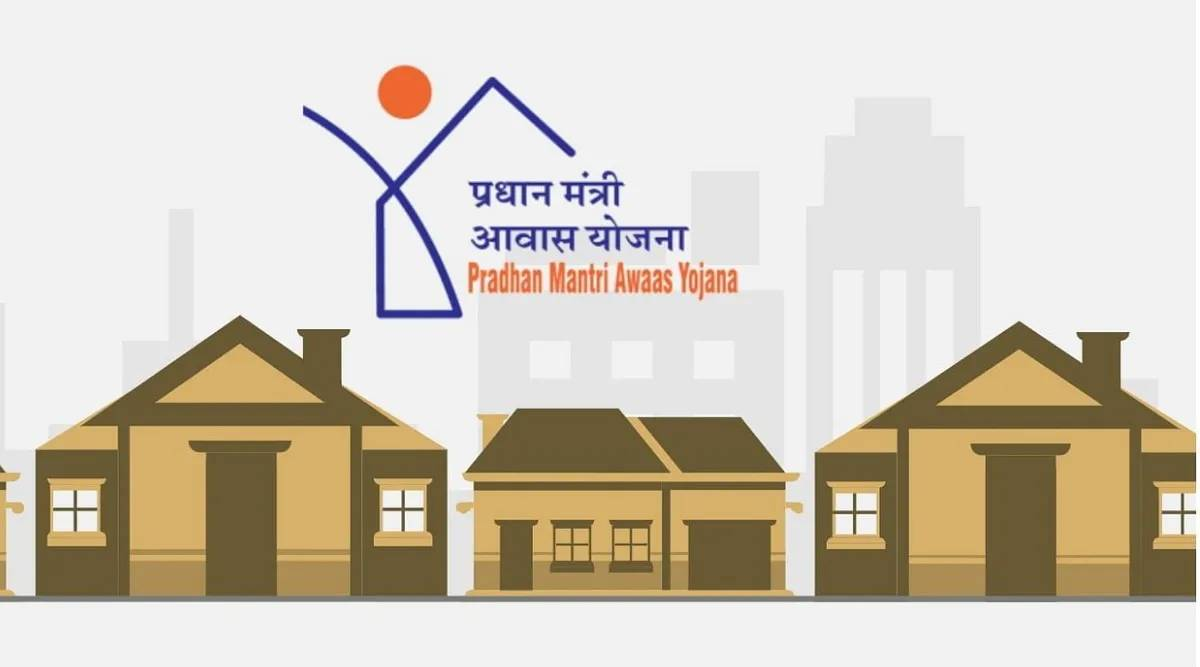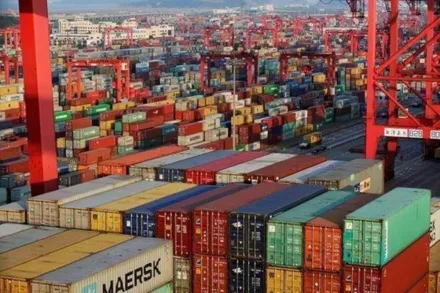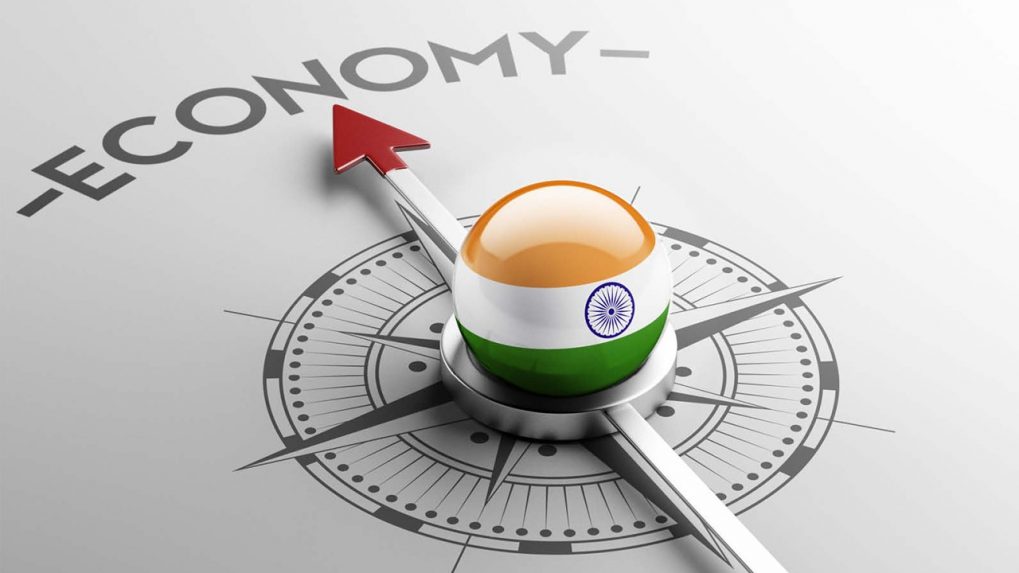- Courses
- GS Full Course 1 Year
- GS Full Course 2 Year
- GS Full Course 3 Year
- GS Full Course Till Selection
- Answer Alpha: Mains 2025 Mentorship
- MEP (Mains Enrichment Programme) Data, Facts
- Essay Target – 150+ Marks
- Online Program
- GS Recorded Course
- Polity
- Geography
- Economy
- Ancient, Medieval and Art & Culture AMAC
- Modern India, Post Independence & World History
- Environment
- Governance
- Science & Technology
- International Relations and Internal Security
- Disaster Management
- Ethics
- NCERT Current Affairs
- Indian Society and Social Issue
- NCERT- Science and Technology
- NCERT - Geography
- NCERT - Ancient History
- NCERT- World History
- NCERT Modern History
- CSAT
- 5 LAYERED ARJUNA Mentorship
- Public Administration Optional
- ABOUT US
- OUR TOPPERS
- TEST SERIES
- FREE STUDY MATERIAL
- VIDEOS
- CONTACT US
Pradhan Mantri Awas Yojana (PMAY)
Pradhan Mantri Awas Yojana (PMAY)
3 Crore New Houses Approved Under PMAY: Addressing India's Housing Scarcity

Why in News: The Union Cabinet, chaired by Prime Minister Narendra Modi, approved government assistance for the construction of three crore rural and urban houses under Pradhan Mantri Awas Yojana (PMAY).
Key Highlights:
-
Housing Scarcity: India faces a shortage of around 20 million houses in rural areas and three million in urban centres.
-
PMAY Approval: The Cabinet approved 3 crore new houses under PMAY, with 2 crore houses to be constructed under PMAY-Gramin and one crore under PMAY-Urban.
-
PMAY Components: PMAY has 2 components: PMAY-Gramin (rural) and PMAY-Urban (urban).
-
Budget Allocation: Both components of PMAY received ₹80,671 crores in the interim budget released in February 2024.
What is Pradhan Mantri Awas Yojana (PMAY)?
-
Launch: PMAY was launched in 2015 with the aim of providing affordable housing to the urban and rural poor.
-
Mission: The mission envisions "Housing for All" by 2022, marking the 75th year of India's independence.
-
Components: PMAY has two components: PMAY-Urban (PMAY-U) and PMAY-Gramin (PMAY-G).
Pradhan Mantri Awas Yojana (PMAY) Comparison: Gramin (G) vs. Urban (U)
Feature |
PMAY-Gramin (G) |
PMAY-Urban (U) |
|
Aim |
Provide pucca houses with basic amenities to the rural poor |
Provide affordable housing to the urban poor |
|
Eligibility |
People who do not own a house or live in kutcha/damaged houses |
Urban poor (specific criteria vary by component) |
|
Cost Sharing |
The cost of the unit is shared in a 60:40 ratio between the Central and State governments in plain areas, and 90:10 in Himalayan states, north-eastern states, and the Union Territory of Jammu & Kashmir. |
Centrally Sponsored Scheme (CSS) except for the component of credit linked subsidy scheme (CLSS), which is implemented as a Central Sector Scheme. |
|
Salient Features |
Beneficiaries are identified using parameters from Socio-Economic and Caste Census (SECC) 2011 data and verified by Gram Sabhas. |
PMAY-U has several components, including Affordable Rental Housing Complexes (ARHCs), Global Housing Technology Challenge - India (GHTC-India), CLSS Awas Portal (CLAP), and ANGIKAAR. |
|
Additional Notes |
Focuses on rural housing |
Focuses on various aspects of urban housing affordability |
Key Differences:
-
Target Population: PMAY-G is exclusively for the rural poor, while PMAY-U targets the urban poor.
-
Implementation: PMAY-G focuses on house construction, while PMAY-U has a broader scope with various components addressing different aspects of urban housing.
-
Funding Structure: PMAY-G has a fixed cost-sharing ratio between the center and state, while PMAY-U is primarily a CSS except for the CLSS component.
Importance:
-
Addressing Housing Scarcity: The approval of three crore new houses under PMAY is a significant step towards addressing India's housing scarcity.
-
Affordable Housing: PMAY aims to provide affordable housing to the urban and rural poor, improving their living standards and quality of life.
-
Economic Growth: The scheme is expected to boost economic growth by generating employment opportunities and stimulating demand for construction materials.



